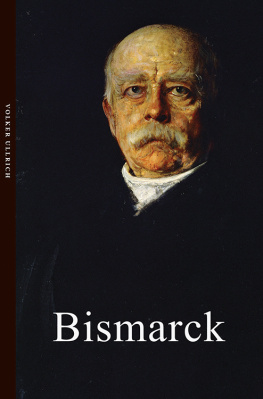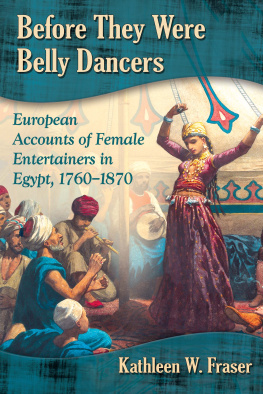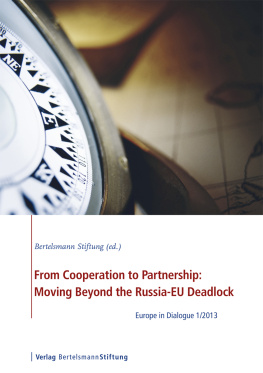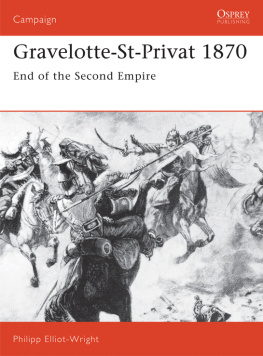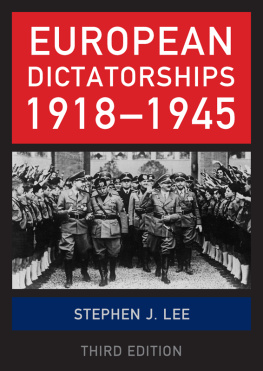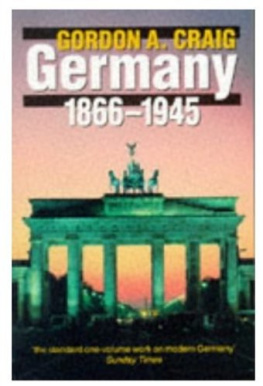First published 1991 by Pearson Education Limited
Third impression 1996
Published 2014 by Routledge
2 Park Square, Milton Park, Abingdon, Oxon OX14 4RN
711 Third Avenue, New York, NY 10017, USA
Routledge is an imprint of the Taylor & Francis Group, an informa business
Peter Calvocoressi 1991
All rights reserved. No part of this book may be reprinted or reproduced or utilised in any form or by any electronic, mechanical, or other means, now known or hereafter invented, including photocopying and recording, or in any information storage or retrieval system, without permission in writing from the publishers.
Notices
Knowledge and best practice in this field are constantly changing. As new research and experience broaden our understanding, changes in research methods, professional practices, or medical treatment may become necessary.
Practitioners and researchers must always rely on their own experience and knowledge in evaluating and using any information, methods, compounds, or experiments described herein. In using such information or methods they should be mindful of their own safety and the safety of others, including parties for whom they have a professional responsibility.
To the fullest extent of the law, neither the Publisher nor the authors, contributors, or editors, assume any liability for any injury and/or damage to persons or property as a matter of products liability, negligence or otherwise, or from any use or operation of any methods, products, instructions, or ideas contained in the material herein.
British Library Cataloguing in Publication Data
Calvocoressi, Peter 1912
Resilient Europe: a study of the years 18702000.
1. Europe, 1815
I. Title
940.28
ISBN 978-0-582-07854-3 (pbk)
Library of Congress Cataloging in Publication Data
Calvocoressi, Peter.
Resilient Europe: a study of the years 1870-2000/by Peter Calvocoressi.
p. cm.
Includes bibliographical references and index.
ISBN 0582078539 (cased) ISBN 0582075847 (paper)
1. EuropePolitics and governement 18711918. 2. EuropePolitics and government20th century. 3. EuropeForeign relations.
I. Title.
D443.C255 1991
320.94dc20
902188
CIP
Produced by Longman Singapore Publishers (Pte) Ltd.
By the Same Author
Nuremberg: The Facts, the Law and the Consequences
Survey of International Affairs 194748
Survey of International Affairs 194950
Survey of International Affairs 1951
Survey of International Affairs 1952
Survey of International Affairs 1953
Middle East Crisis (with Guy Wint)
South Africa and World Opinion
World Order and New States
Suez: Ten Years After (with Anthony Moncrieff)
World Politics since 1945
Total War (with Guy Wint and John Pritchard)
The British Experience 194575
Freedom to Publish (with Ann Bristow)
Top Secret Ultra
Independent Africa and the World
From Byzantium to Eton: A Memoir of a Millennium
A Time for Peace
Whos Who in the Bible
Throughout modern history Europe, the smallest of the continents and geographically only a minor part of a much larger continent, has been divided into independent sovereign states. This has been a luxury. Europe has been able to afford fragmentation because fragmentation has been coupled with striking technical superiority, material wealth, and skills in political management and organization. Time added legal and popular sanctions: nationalism in small sovereign chunks became sacrosanct. For Europeans the state is almost a fact of nature, although this has never been entirely true of any particular state at any particular moment.
If the state itself has been sacrosanct, its borders have not. These borders have varied with conquest and also with ideas. One state might enlarge itself at the expense of another, but at the same time new states have emerged as the idea of the state has focused on nationalism or self-determination ideas which make for more fragmentation and have created states with relatively little power. As the number of states increases, so does their disparity.
The existence of numerous states in a comparatively small space required a system for regulating the relations between them. The power of the European states gave them immunity to threats from outside Europe (the Ottoman threat being the conspicuous exception), so that the principal threat to their integrity and prosperity came from each other. To minimize conflict Europe evolved a system which, while consecrating the sovereign state, sought to regulate these states rivalries by checks and balances, by shifting alliances designed to restrain the overmighty, and by minimal international law. Hence statesmanship, as distinct from the exercise of military might: statesmanship is first and foremost a peculiar form of management.
After the upheavals caused by the French Revolution and Napoleon Europe got back to what it regarded as normalcy by reasserting and in some respects redefining its sovereign states. The more powerful among them established a Concert of Europe, a rudimentary association for the preservation of peace and legitimacy. They were few, and the less powerful were also few. The status of the Ottoman empire, which occupied a large chunk of south eastern Europe, was anomalous but its existence was a useful moderating element in the systems shifting alliances. The biggest shock to the system in the nineteenth century was the conversion of Prussia, already a major factor, into Germany, a much more considerable one. This quantum leap in the power of a single member lay at the root of the two Great Wars which rocked the system in the first half of the twentieth century. The double defeat of the German threat cleared the way for a Russian threat. Delayed by the revolution of 1917 and its aftermath, this new Russian threat emerged only after the ascent of two extra-European (or semi-extra-European) Superpowers had laid bare the end of Europes world hegemony and self-sufficiency. Thus the Russian threat was not the same as the German threat, or the French threat that preceded the German, because the context had changed before the German threat gave way to the Russian. The German threat was countered by the European states system, the Russian by the United States. Europes states remained intact and distinct, but they were obliged to ask themselves whether they could any longer afford the luxury of a states system or, indeed, whether it still worked.
In the first Great War Germany defeated Russia but was defeated on its other fronts. This German defeat did nothing to soften the Russian defeat because Russia was disabled for a whole generation by revolution, foreign invasions and civil war. The removal of both Germany and Russia from European affairs created a power vacuum in the spaces between them Mitteleuropa while the simultaneous dislocation of the Habsburg and Ottoman empires gave birth to a clutch of new sovereign states covering much of that space. After 1919 the European system was therefore profoundly altered: major Powers eliminated, minor ones multiplied. The alliance game, which previously had consisted in the permutations of major Powers, became complicated by the untested possibility of using new minor Powers for old purposes, with the added uncertainty that the absent Powers might one day regain their relevance and, in unspecifiable terms, reclaim their roles. The twenty years between the two Great Wars were therefore plagued by unrealities as well as the uncertainties inseparable from politics.



